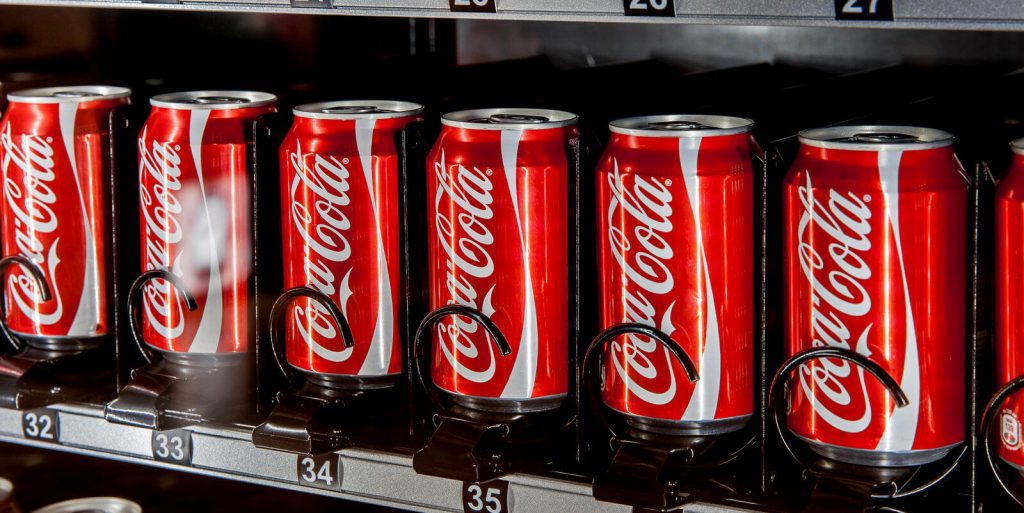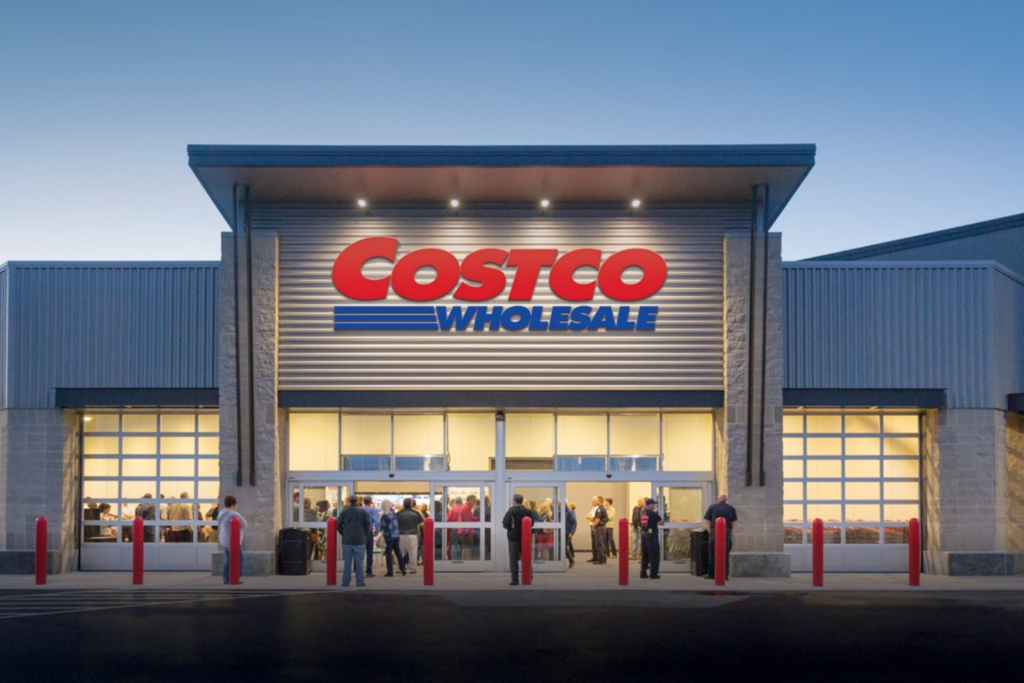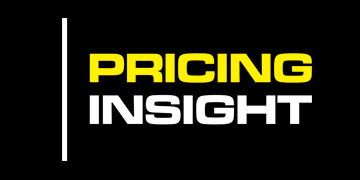Coca Cola pricing can demonstrate how there are multiple price points depending on the customer “need state”. Here’s a B2C (Business to Consumer) example—but one which has relevance in the B2B markets as well. It is all about need states, as shown through the example of the humble can of Coca Cola.
What is your source of pricing power? How many price points can you have for the one particular product?
These questions are often asked, and they often have a simple answer–that there is only one price point that you can charge.
1000% Price Bandwidths
Coca Cola’s price is not fixed. You can purchase it for 50 cents a can, but it can also be purchased for $4.95 or $5.00 a can–and at price points in between, from $1.49, to $1.99, $2.50, $3.75, $4.50 and then $4.95. That’s up to a 1000%, or 10x, differential. Ten times from 50 cents to $5.00.
How are those price points possible? Well, let’s just take a look at some of the principles. Can you guess where these price points are found? For a 50 cent can of Coke, you are buying the product as a slab of 24 cans. So you can see there is a saving there, because it’s a quantity buy. For a $1.49, you are getting it from the supermarket as an individual can, which is chilled and ready to drink.
From a convenience store or petrol station you are going to pay a little bit more of a premium because it’s more of an impulse buy and you need it now–and there’s nowhere else to get it. So it’s $1.99.
Coca Cola pricing in a vending machine is different again. Quite often these machines are in a place where there is no other source of food or drink available–at a train station late at night, for example–and so the price point is $2.50. If you were to sit down at a café you’ll be paying $3.75.
If you were to have that same can of Coke at restaurant you’d be paying $4.50.
And finally, if you find yourself in a hotel room and looking at the mini bar fridge, you’ll see on the menu that same can of Coke for $5.00, or maybe more.
The Same Can Of Coke
Now, this same can of Coke can be sold for even higher prices—but the key principle here, and the question we need to ask, is “Where is the source of pricing power?”
Is it in the product and the components itself? The components don’t change from the 50 cent scenario to the $5.00 scenario. It’s exactly the same product.
So why the difference in Coca Cola pricing?
What changes is obviously the location—and, more importantly, the type of consumption and the need state, or want state. In the case of the 50-cent can, the Coca Cola is unchilled, not pleasant to drink right now, and you are going to have to take a lot of them. In the case of the minibar fridge, it’s chilled, it’s ready to drink right now, and you really don’t want to have to go out of your hotel room to source a can of Coke at an odd hour of the day or night. So the pricing power is to be found in the usage and the location, and the utility that the customer derives from that.
Key Lessons
Now what can we learn from this? Well, think about the:
- need state of your customers
- utility or benefits derived
- final usage consumer profile
- final usage occasion
- location or geography
Can you segment out those need states into 7 or 8 different price points and purposes for buying?
And if so, can you identify what kind of revenue and margin opportunities are available to you? That’s pricing strategy in a can, from a humble can of Coke.
These examples exist in many different places. See if you can apply them in your business.
Click here to download the whitepaper.






